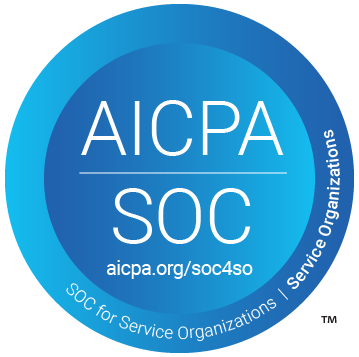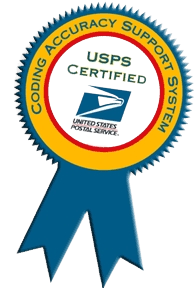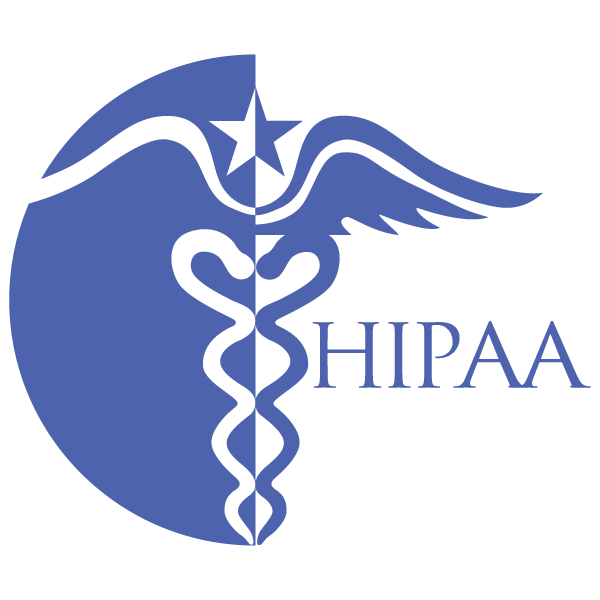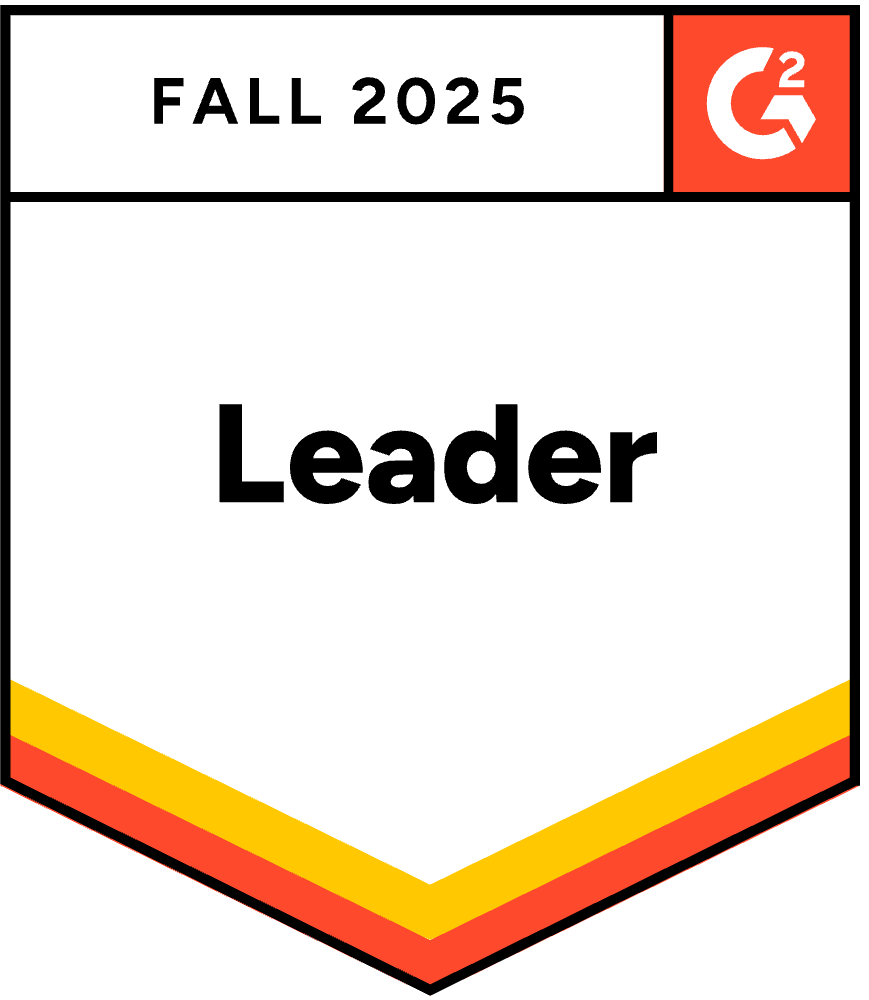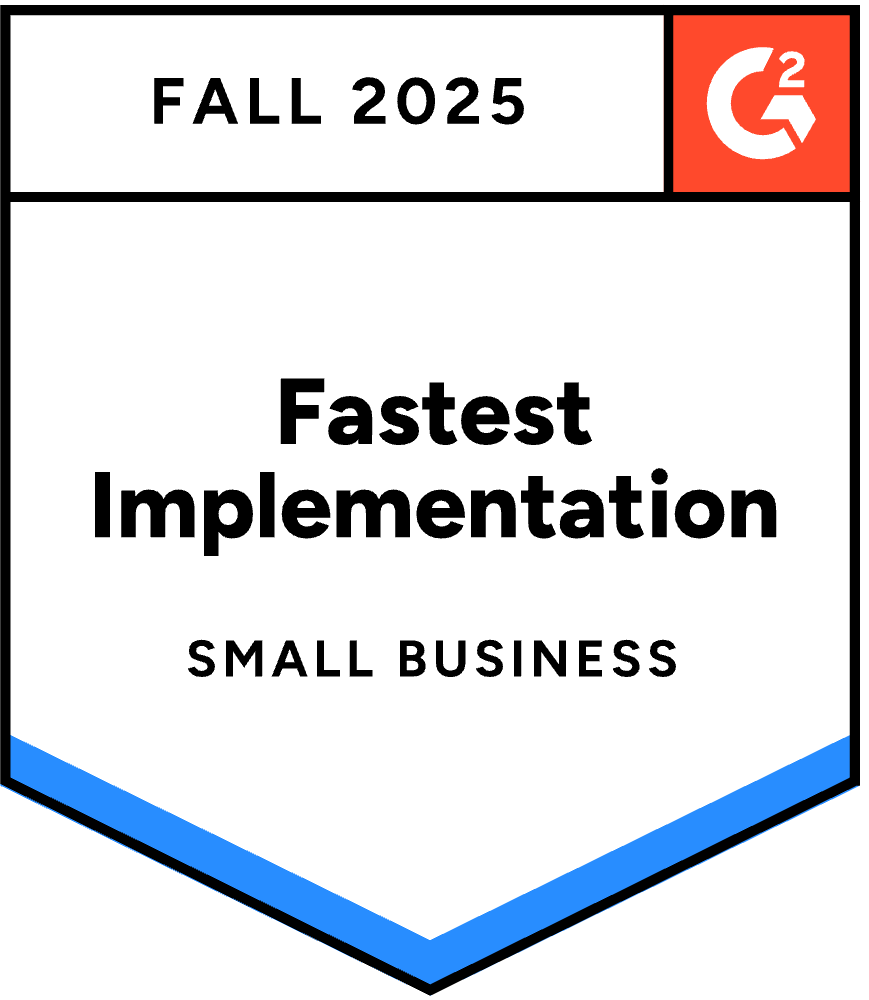This guide provides a comprehensive overview of Netherlands address formatting, postal code structures, and localization practices. It includes information on postal services, languages, time zones, and address validation standards across the Netherlands.
Structure for standardized Netherlands postal addresses.
Organization
Building SubBuilding SubPremisesLevel SubPremises
Thoroughfare PremisesNumber
PostalCode Locality
Country
Address Verification Data
Netherlands postal addresses verification data.
| Available: | Yes |
| Does the country use Postal Codes: | Yes |
| PO Box Indicator: | Postbus, PO Box |
| ISO-2-Code: | NL |
| ISO-3-Code: | NLD |
| Phonecode: | 31 |
Address Example
Example of standardized Netherlands postal addresses.
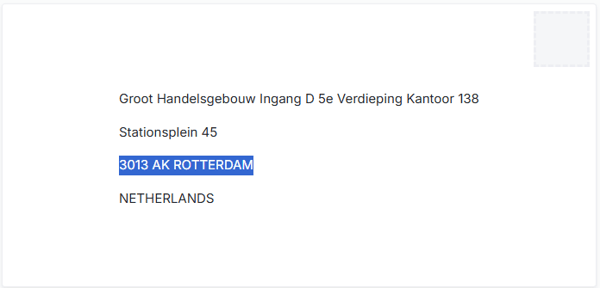
Country Info
Full Country Name: Kingdom of the Netherlands (Koninkrijk der Nederlanden)
| Country Alpha-2 code | NL |
|---|---|
| Country Alpha-3 code | NLD |
| Numeric Code | 528 |
Timezone
Netherlands Time Zone Details
| Time Zone | UTC | DST |
|---|---|---|
| The Netherlands uses Central European Time (CET): | UTC+1 | Yes |
| Central European Summer Time (CEST) | UTC+2 |
Official Language
The official language is Dutch, with Frisian recognized as a co-official language in Friesland.
Fun Fact
- The Dutch United Provinces declared their independence from Spain in 1581. In the 17th century the Netherlands became a major seafaring and commercial power with colonies and settlements around the world. (CIA)
- Dutch men are among the tallest people in the world, averaging about 183 cm; Dutch women about 171 cm. (Trafalgar Tours)
- Nearly 1/3 of the country lies below sea level, and about 50% of land under 1 metre above sea level. (Trafalgar Tours)
- The Netherlands was the first country to legalise same-sex marriage, on April 1, 2001. (Trafalgar Tours)
- Amsterdam has over 1,200 bridges spanning its canals. (Trafalgar Tours)
- There are more bicycles than people in the country since cycling is a primary mode of transport. (Trafalgar Tours)
- The Dutch invented modern shares / stock trading via the VOC (Dutch East India Company), founded in 1602. (Boat Bike Tours)
- One of the largest collections of museums per capita in the world with over 1,000 museums. (Trafalgar Tours)
- Tulip mania: in the 17th century, tulip bulbs were once more valuable (per unit weight) than gold for a short time. (Trafalgar Tours)
- The Dutch consume very high amounts and many types of liquorice (“drop”). The country has a large consumption per capita. (Trafalgar Tours)
- Amsterdam’s canal ring (165 canals) is a UNESCO World Heritage Site. The canals are part of its “canal ring district” built during the Dutch Golden Age. (CIA)
Postal Authority
The Koninklijke PostNL B.V. (PostNL) is the primary postal service provider in the Netherlands. It operates a nationwide network for mail and parcel delivery, offering domestic and international postal services, logistics solutions, and digital communication options. PostNL ensures universal service across all provinces and municipalities.
Postal Code Format
In the Netherlands, postal codes consist of 6 alphanumeric characters—4 digits followed by 2 letters, with a space separating the digits and letters. The postal code is placed to the left of the locality name, with two spaces separating the code from the locality. The 4 digits indicate a specific area or district, while the 2 letters narrow the delivery area down to a street or small neighborhood.
Example:
1030 BD AMSTERDAM
Name Conventions
Population Names
In the Netherlands (NL), names follow the Western naming convention and are regulated by Dutch civil law. The typical structure includes one or more given names followed by a family name. By law, parents must choose either the father’s or the mother’s surname for their children at the time of birth registration; this choice applies to all future siblings. Hyphenated or double surnames are also permitted, especially when combining family names.
Names may include diacritical marks such as é, è, ï, and ç, which are fully recognized in official documents. Dutch civil registries will reject names that are offensive, misleading, or excessively long. Traditional Dutch surnames often include prefixes like van, de, van der, or van den, which are considered part of the surname.
Honorifics and titles such as de heer (Mr.), mevrouw (Mrs./Ms.), dr. (doctor), and prof. (professor) are used in formal contexts but are not legally part of the registered name.
[opt: title] [given name] [opt: middle name(s)] [FAMILY NAME]
Examples:
- De heer Jan van den Berg
- Mevrouw Elise de Jong
- Dr. Pieter van der Meer
- Prof. Anna de Vries
Organizational Names:
Dutch businesses must register with the Kamer van Koophandel (Chamber of Commerce) and include a legal entity designation. Commonly used designations include:
- B.V. (Besloten Vennootschap) – private limited company
- N.V. (Naamloze Vennootschap) – public limited company
- V.O.F. (Vennootschap onder Firma) – general partnership
Business names must be unique, clearly indicate the type of legal entity, and comply with Dutch trade name regulations.





